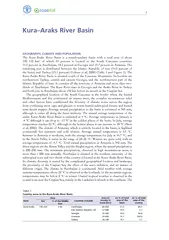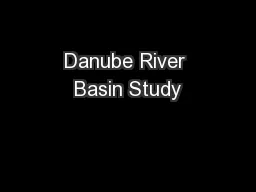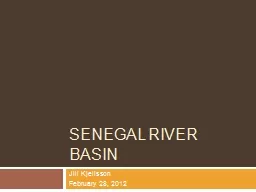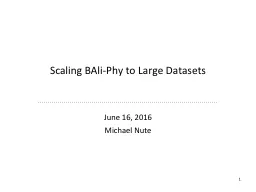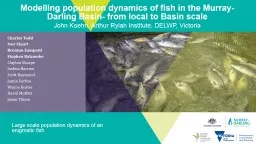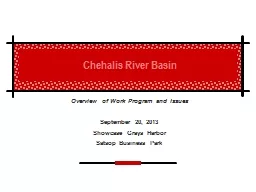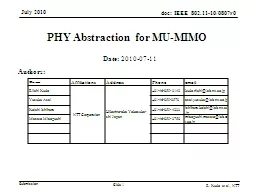PDF-KuraAraks River Basin GEO GRA PHY CLIM TE ND POPUL TIO
Author : lindy-dunigan | Published Date : 2015-04-30
5 percent in Azerbaijan 182 percent in Georgia and 157 percent in Armenia The remaining part is distributed between the Islamic Republic of Iran 195 percent of the
Presentation Embed Code
Download Presentation
Download Presentation The PPT/PDF document "KuraAraks River Basin GEO GRA PHY CLIM T..." is the property of its rightful owner. Permission is granted to download and print the materials on this website for personal, non-commercial use only, and to display it on your personal computer provided you do not modify the materials and that you retain all copyright notices contained in the materials. By downloading content from our website, you accept the terms of this agreement.
KuraAraks River Basin GEO GRA PHY CLIM TE ND POPUL TIO: Transcript
Download Rules Of Document
"KuraAraks River Basin GEO GRA PHY CLIM TE ND POPUL TIO"The content belongs to its owner. You may download and print it for personal use, without modification, and keep all copyright notices. By downloading, you agree to these terms.
Related Documents

